AN A TO Z BIRTHDAY SPECIAL CELEBRATING THE PETER PAN OF BOLLYWOOD’S AMAZING LIFE AND CAREER
THIS week massively popular movie star Anil Kapoor will turn a year older and celebrate his 65th birthday on December 24. The big Bollywood icon has a brilliant body of work, broken ground internationally and continues to burn brightly with his talent.
Eastern Eye decided to mark the actor’s birthday by looking back through his action-packed life and present an all you need to know A to Z about him.
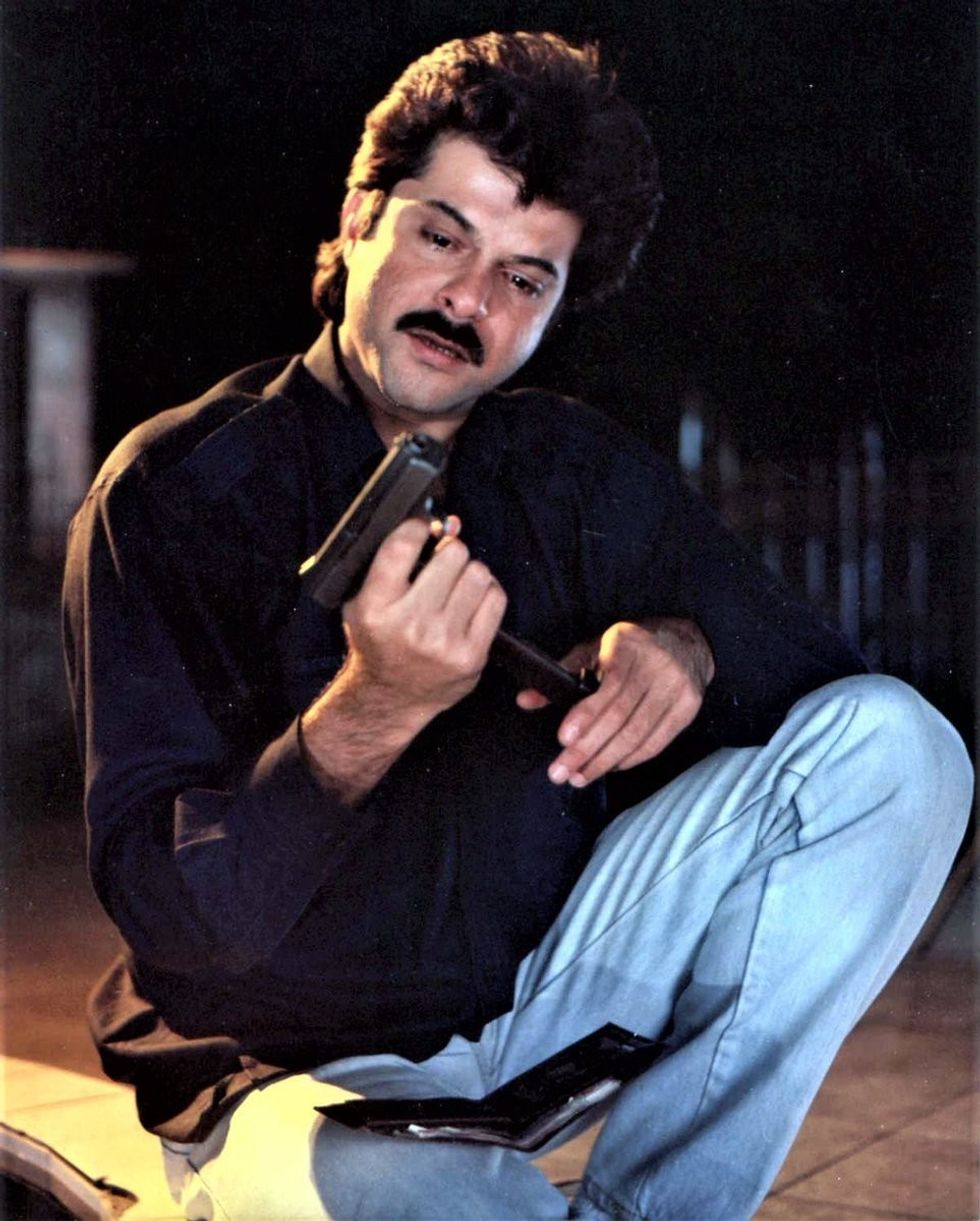
A is for All-time classics: The acclaimed actor has starred in some of Bollywood’s greatest blockbusters of all time. His impressive list of all-time classics includes Karma (1986), Mr India (1987), Tezaab (1988), Ram Lakhan (1989), Parinda (1989), Lamhe (1991), Beta (1992) and Nayak (2001). When asked which characters he would love to revisit in a sequel, the actor said: “I think Mr India and Nayak, since my fans have been requesting for their sequels for several years now!”
B is for Big break: The actor got his big break as a leading man in Telugu language film Vamsa Vruksham (1980). He got his first lead Bollywood role in classic comedy drama Woh Saat Din (1983) and after that there was no looking back.
C is for Chembur: The actor was born in Chembur in Mumbai. His father Surinder Kapoor had worked his way up from being a secretary for movie stars to producing films in his own right, so Anil was surrounded by cinema growing up.
D is for Debut: The aspiring actor was supposed to make his debut in Tu Payal Mein Geet (1971), but the film never released. He would have to wait another eight years before making his acting debut with a small role in Hamare Tumhare (1979), which was headlined by established stars Sanjeev Kumar and Rakhee.
E is for Enthusiasm: The actor hasn’t lost his enthusiasm or love for acting despite achieving so much in his incredible career. Producers and costars agree that he remains the most energised member of any film set he is on. When asked what keeps him inspired, the actor said: “My family and friends are a constant source of inspiration for me. I also learn so much from the younger generation about adaptability and creativity. Of course, my audience will always be a huge inspiration because they motivate me to work hard.”
F is for Family: The actor has a lot of famous family members, including brother Boney Kapoor, late sister- in-law Sridevi, daughter Sonam Kapoor, nephew Arjun Kapoor and niece Janhvi Kapoor.
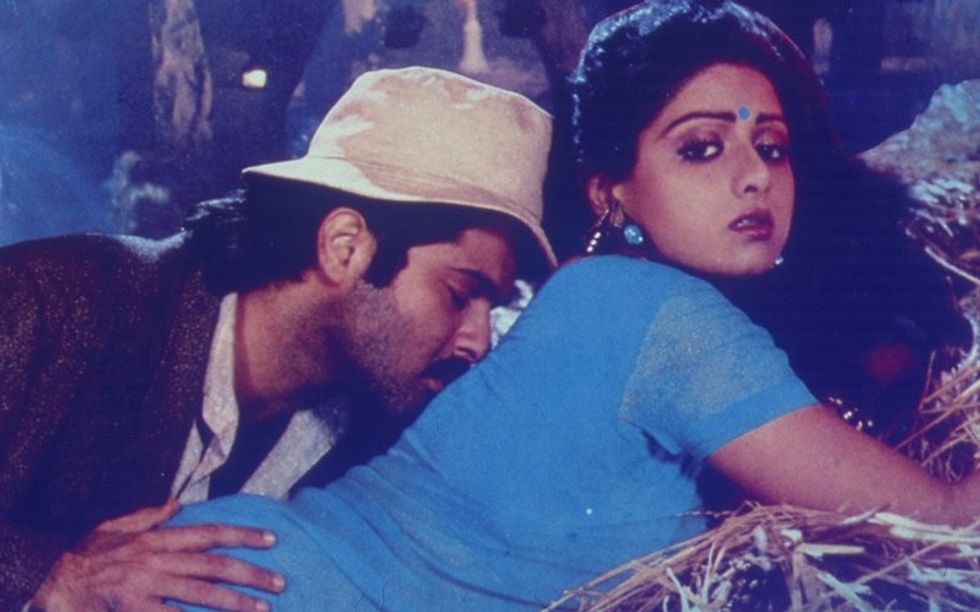
G is for Greatness: It was Anil Kapoor that finally dethroned the great Amitabh Bachchan to become the number one Bollywood actor. A big turning point came when Bachchan turned down Mr India (1987) and Kapoor stepped in to become the most bankable Bollywood star of the late 1980s. He remains one of the few leading men to reach that pinnacle of success. When asked about becoming number one, he said: “I was too busy working to think about it. I was just grateful to be getting the good work and concentrating on giving it my all. I was grateful and blessed to have the love of the audience then, as I am now.”

H is for Himself: The actor played a fictionalised version of himself in black comedy thriller AK vs AK (2020). The unique film saw him tussle with Anurag Kashyap, who also played himself. The meta, mockumentary- like structure of the film received praise.
I is for International: The actor has broken ground for Bollywood stars internationally with projects like Slumdog Millionaire (2008) and Mission: Impossible – Ghost Protocol (2011) and drama series 24 (see K). He said: “It feels good to have gotten Indian cinema the well-deserved international recognition, and it is wonderful to see so many collaborations happening. I am looking forward to many more happening because for me cinema is universal.”
J is for Jhakaas: The actor became associated with the street slang ‘jhakaas’, which has been uttered by his characters and means superb. He is often asked to say it during public engagements and press conferences in his own unique style.
K is for Kiefer Sutherland: The actor starred opposite Kiefer Sutherland in season eight of hit drama serial 24. He then took on the role played by the Hollywood actor in the Indian remake of the action thriller. “I couldn’t put the script down when I was shooting for it. I thought this is the eighth season and still the writing was so fantastic. I said I have to do it in India.”
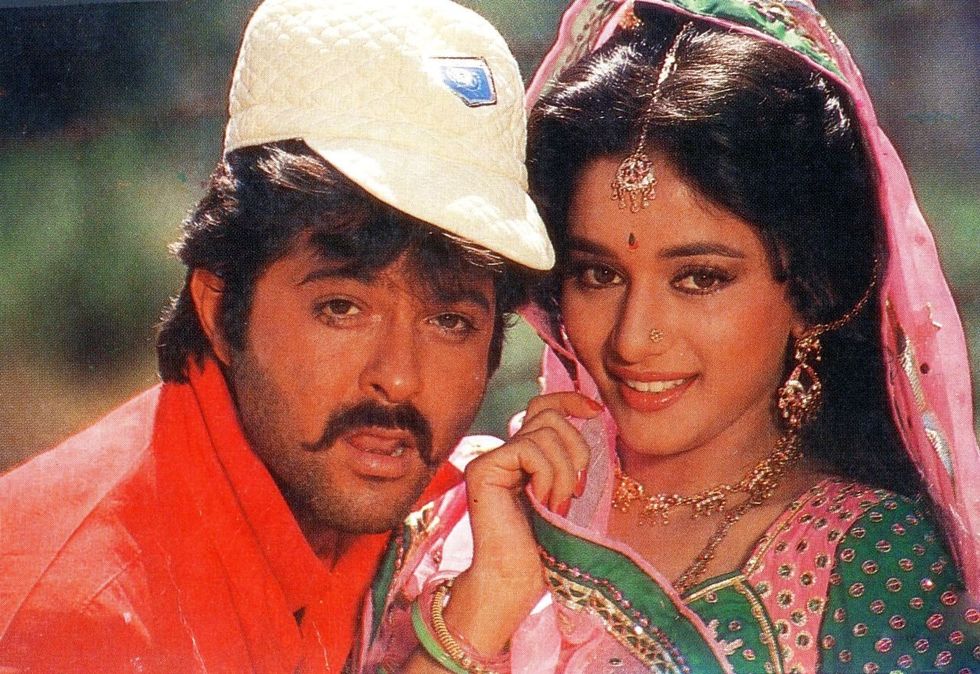
L is for Leading ladies: The actor has worked with a lot of great leading ladies throughout his distinguished career and when asked about his favourite, two stood out above the rest. “I think I’d have to say Madhuri Dixit and Sridevi. Although I do consider myself fortunate enough to have worked with a lot of amazing artists, but they stand out for sure and working with them are moments I still cherish.”
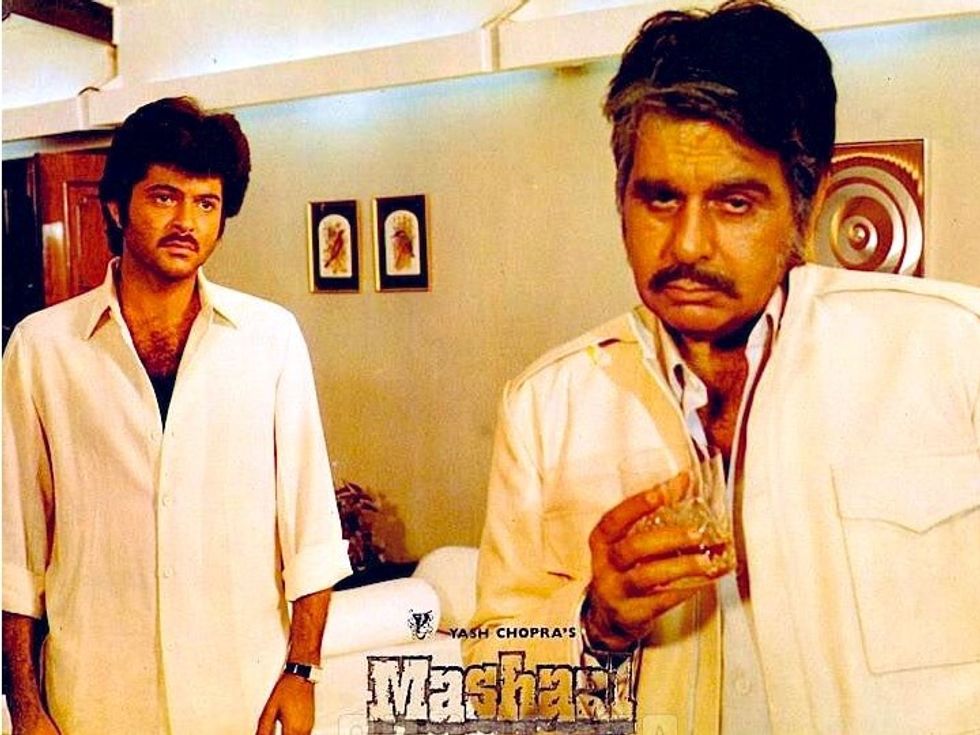
M is for Mashaal: The actor thinks that Yash Chopra-directed Mashaal (1984) was the big turning point in his career and received his first major honour for his role, which was Filmfare Best Supporting Actor award.
N is for National Award: He has won two prestigious National Awards. One was a Best Actor award for his performance in Pukar (2000) and the other was for producing acclaimed drama Gandhi, My Father (2007).
O is for Offspring: His three children have followed in his cinematic footsteps. Sonam Kapoor and Harshvardhan have pursued acting, while Rhea Kapoor has made a name for herself as a producer.
P is for Producer: The actor’s elder brother Boney Kapoor is a prolific producer, and he also ventured into that space with romantic comedy Badhaai Ho Badhaai (2002). Other films produced by Anil include My Wife’s Murder (2005), Gandhi, My Father (2007), Khoobsurat (2014) and Veere Di Wedding (2018). He has also successfully produced the Indian version of globally acclaimed drama serial 24.
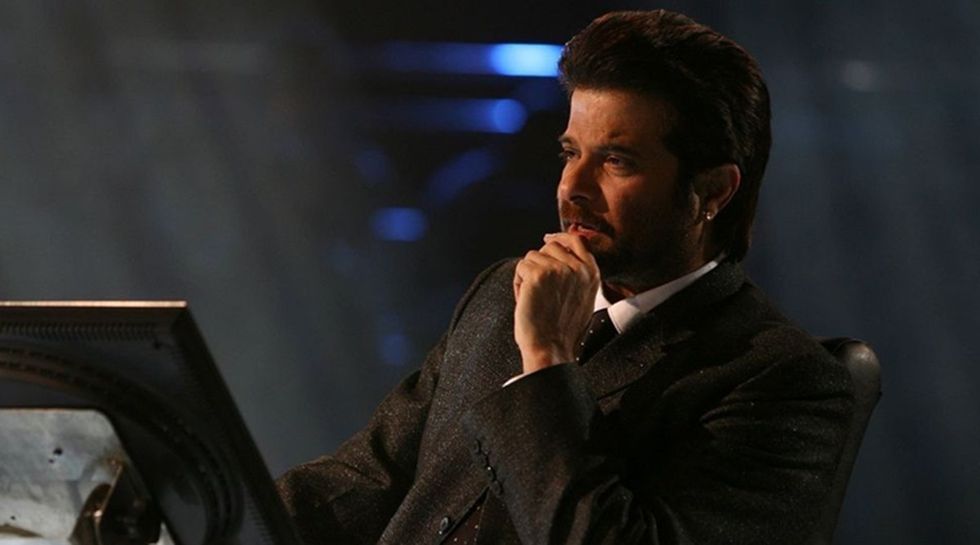
Q is for Question master: The actor made his English language debut with a winning performance as the question master in Oscar winning film Slumdog Millionaire (2008). He repeated that Who Wants To Be A Millionaire host role by providing the voice for animated series The Family Guy in 2016.
R is for Rejected: The in-demand star has rejected high-profile projects over the years and one of the most prominent was Rishi Kapoor’s role in iconic film Chandni (1989).
S is for Singer: Apart from being a skilled actor, Anil has also shown off his singing skills. He has delivered songs in his own voice for movies including Chameli Ki Shaadi (1986) and even released album titled Welcome in 1986 with Salma Agha as a co-singer.
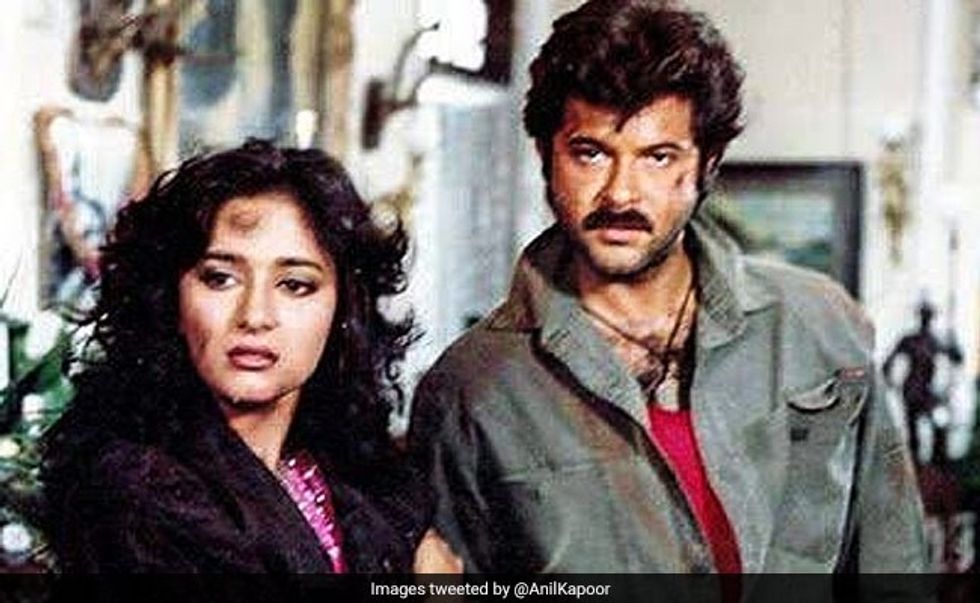
T is for Tezaab: The first solo hero film Anil starred in that became the highest grosser of the year was Tezaab (1988). He also won his first Filmfare Best Actor award for the action-romance, which incidentally helped turn Madhuri Dixit into a major movie star.
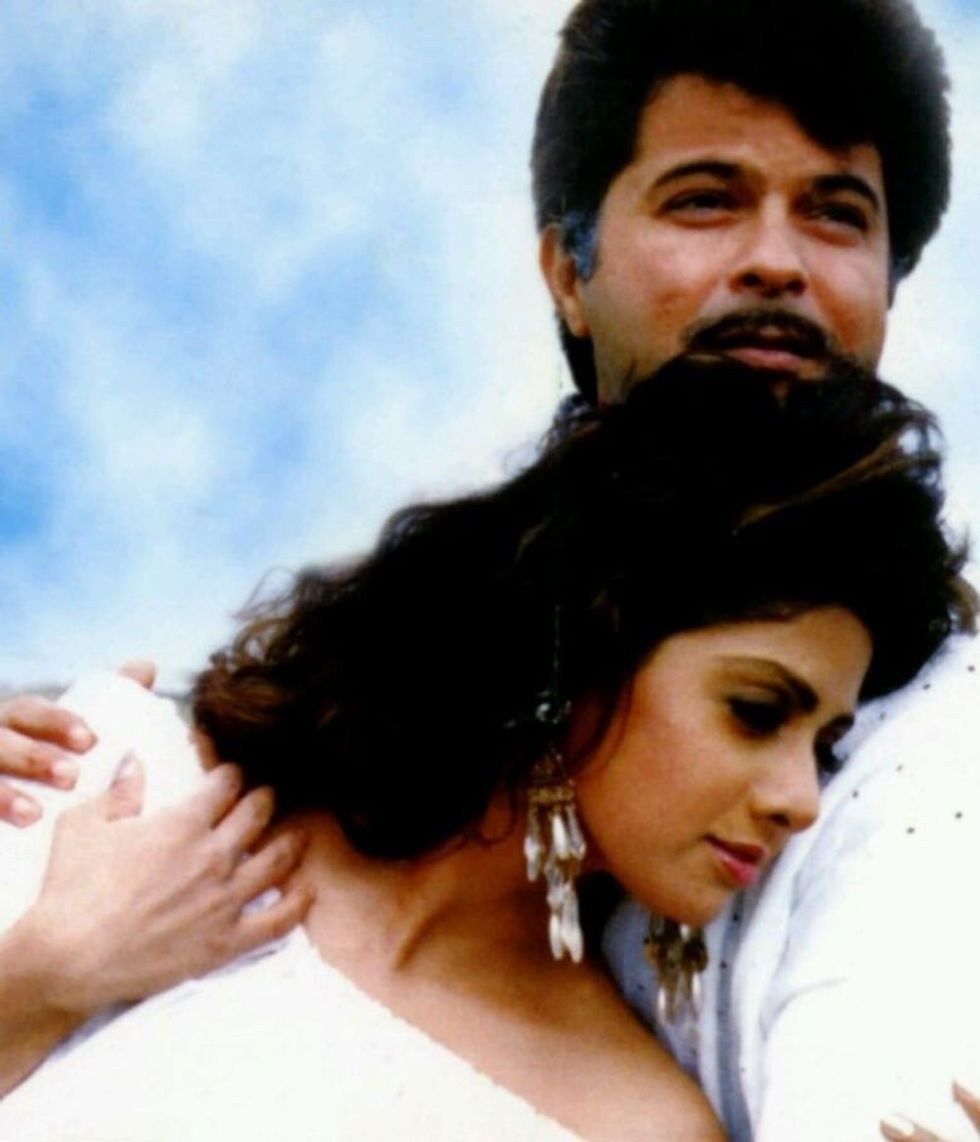
U is for Unusual: Despite being a commercially successful movie star, the versatile actor hasn’t been afraid to attempt unusual and out-of-the-box subjects throughout his career. Some of the acclaimed films with unique subjects he has starred in include Eeshwar (1989), Lamhe (1991), Judaai (1997), Ek Ladki Ko Dekha Toh Aisa Laga (2019) and AK vs AK (2020).
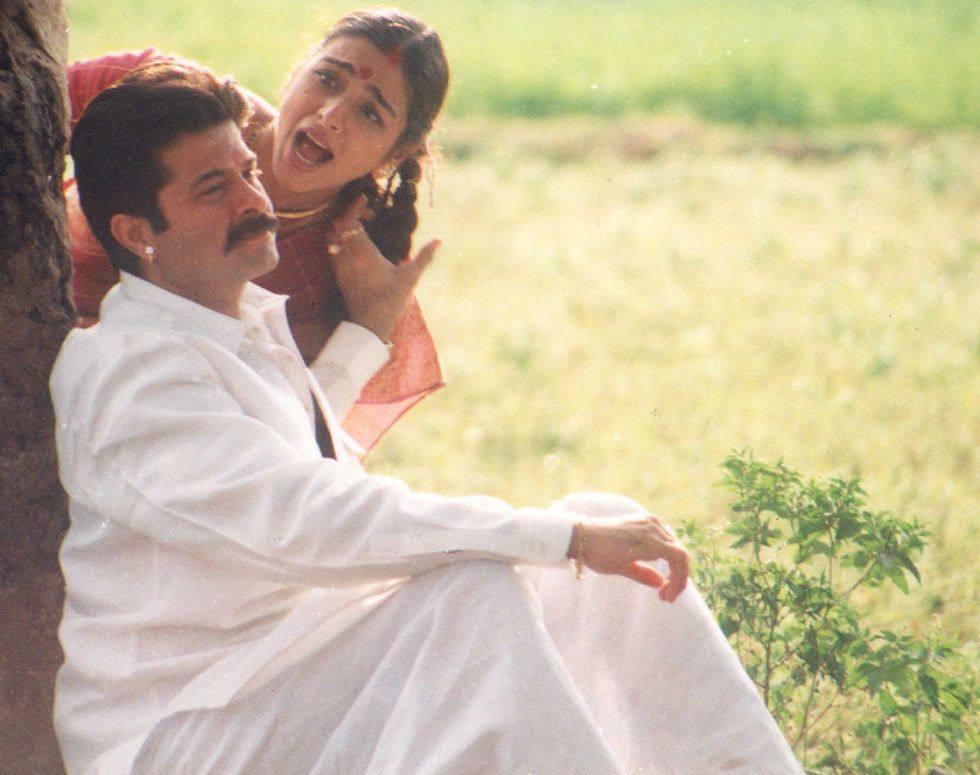
V is for Virasat: Anil has shown quite comprehensively that he is a great actor, as well as being a big Bollywood star with universally praised performances in films like Virasat (1997), which earned him his first Filmfare Critics Award for Best Actor.
W is for Wife: The actor dated wife Sunita Kapoor for 11 years before they got married on May 19, 1984. She supported him throughout his days of struggle, and he finally proposed after breaking through to the big time.
X is for Xavier’s: The actor was educated at Our Lady of Perpetual Succour High School in Chembur and at the St. Xavier’s College, which are both in Mumbai.
Y is for Youthful: The Peter Pan of Bollywood has always been universally praised for his youthful looks and seemingly not aging. When asked about the secret of him looking so young, he said: “I am just happy and just keep on working. Work keeps you young and fit. So, my advice to everybody is don’t stop working. Just work, be happy and be positive. That is the way! And of course, you have to exercise, look after yourself and don’t go berserk with your intake and outtake. Also control your diet, of course, and those things.”
Z is Zero regrets: The actor has been very vocal about having zero regrets throughout his career and has taken something from every project, including those that didn’t do so well. This has resulted in one of the most extraordinary careers and we salute the fine actor.

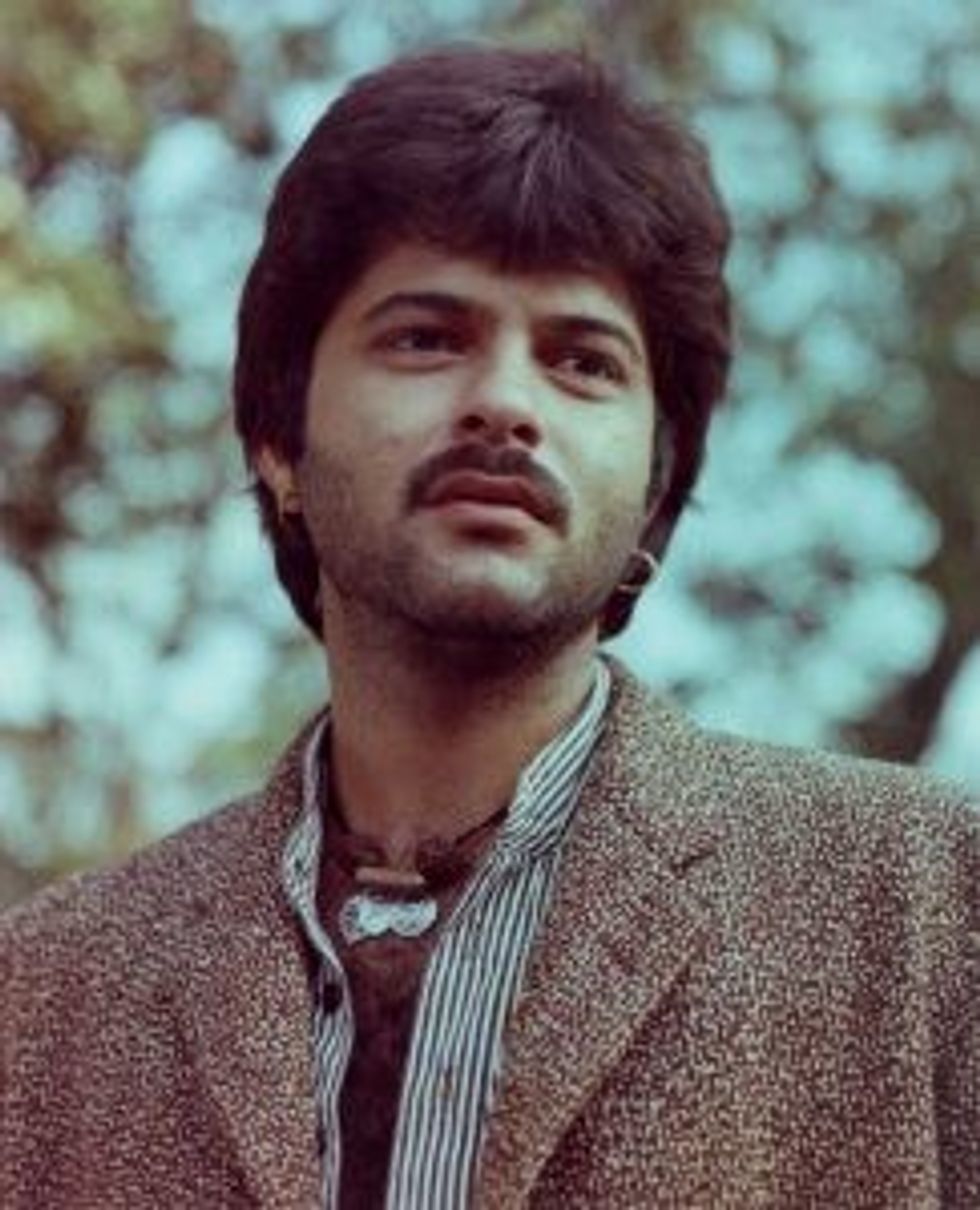





 'The Guilt Pill' her latest booksaumyadave.com
'The Guilt Pill' her latest booksaumyadave.com











 Milli Bhatia
Milli Bhatia
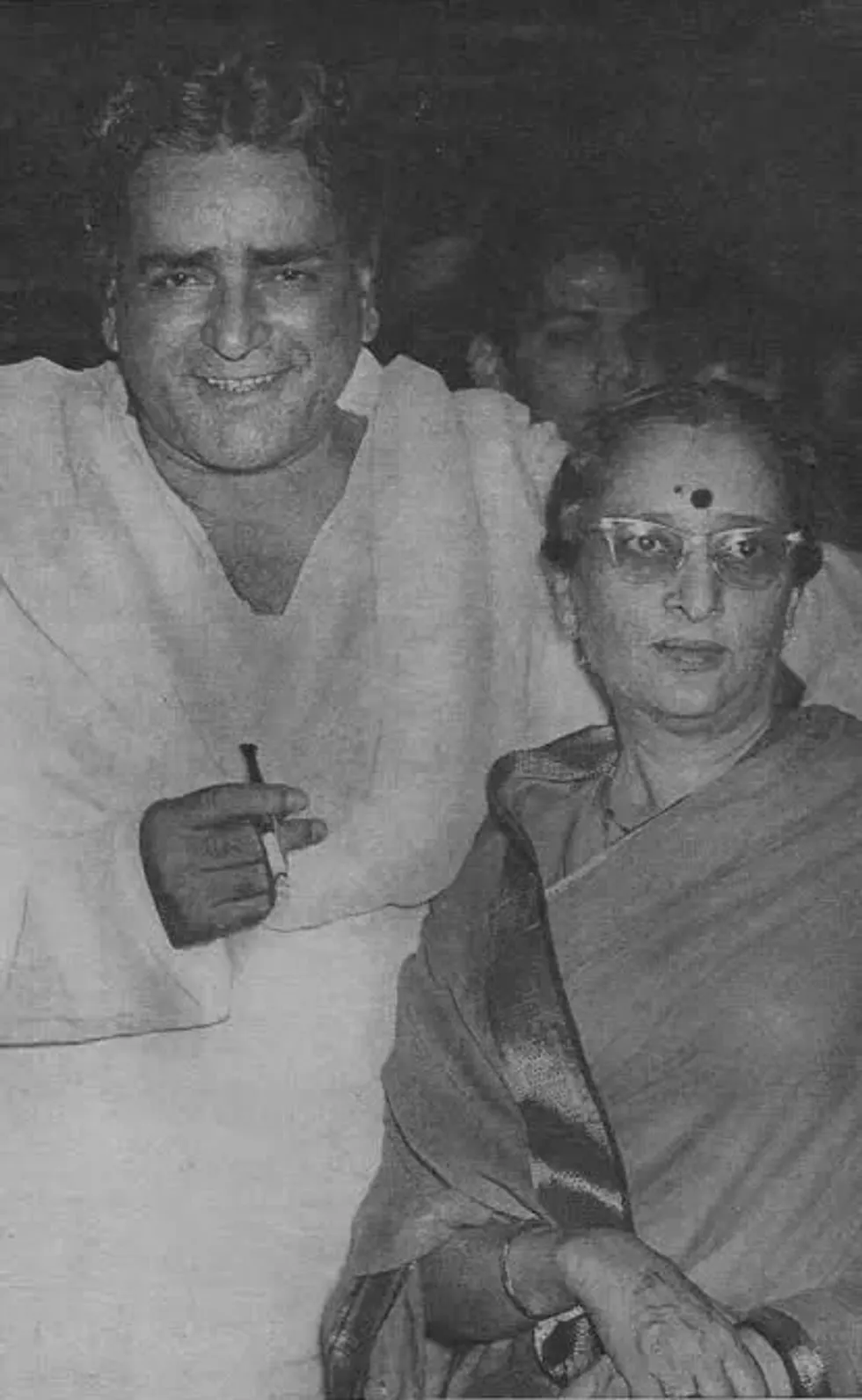 Prithviraj Kapoor and Ramsarni Mehra Reddit/ BollyBlindsNGossip
Prithviraj Kapoor and Ramsarni Mehra Reddit/ BollyBlindsNGossip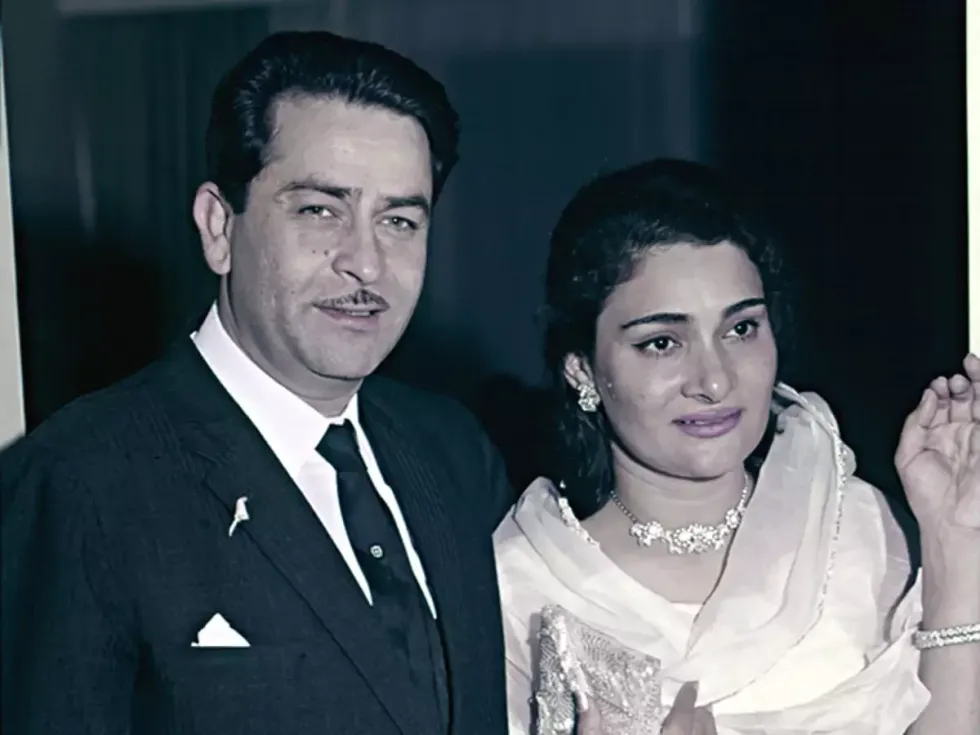 Raj Kapoor and Krishna MalhotraABP
Raj Kapoor and Krishna MalhotraABP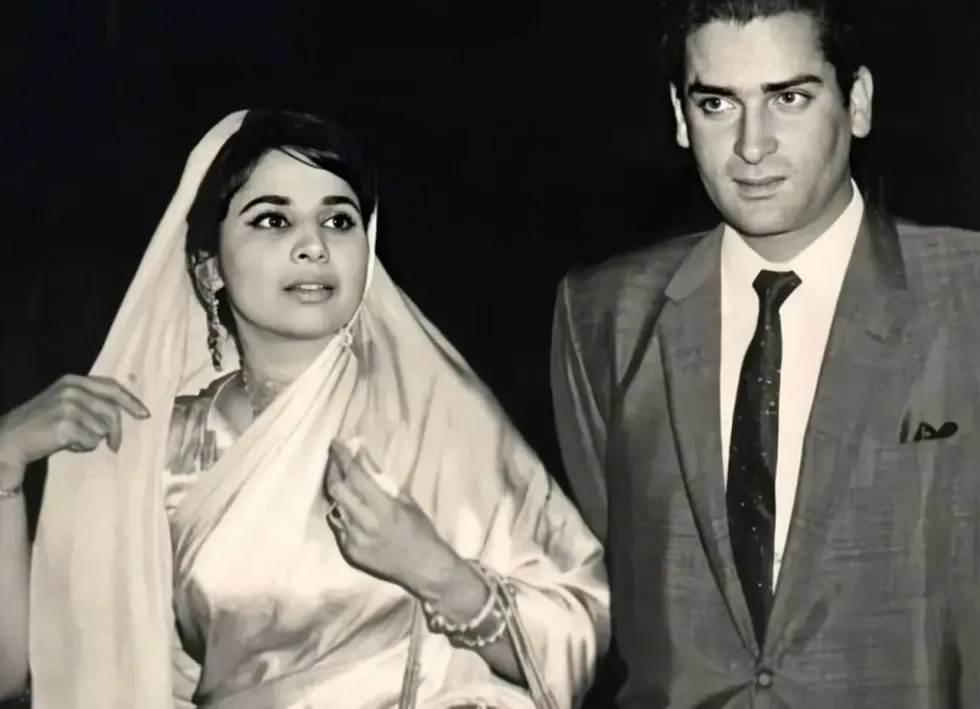 Geeta Bali and Shammi Kapoorapnaorg.com
Geeta Bali and Shammi Kapoorapnaorg.com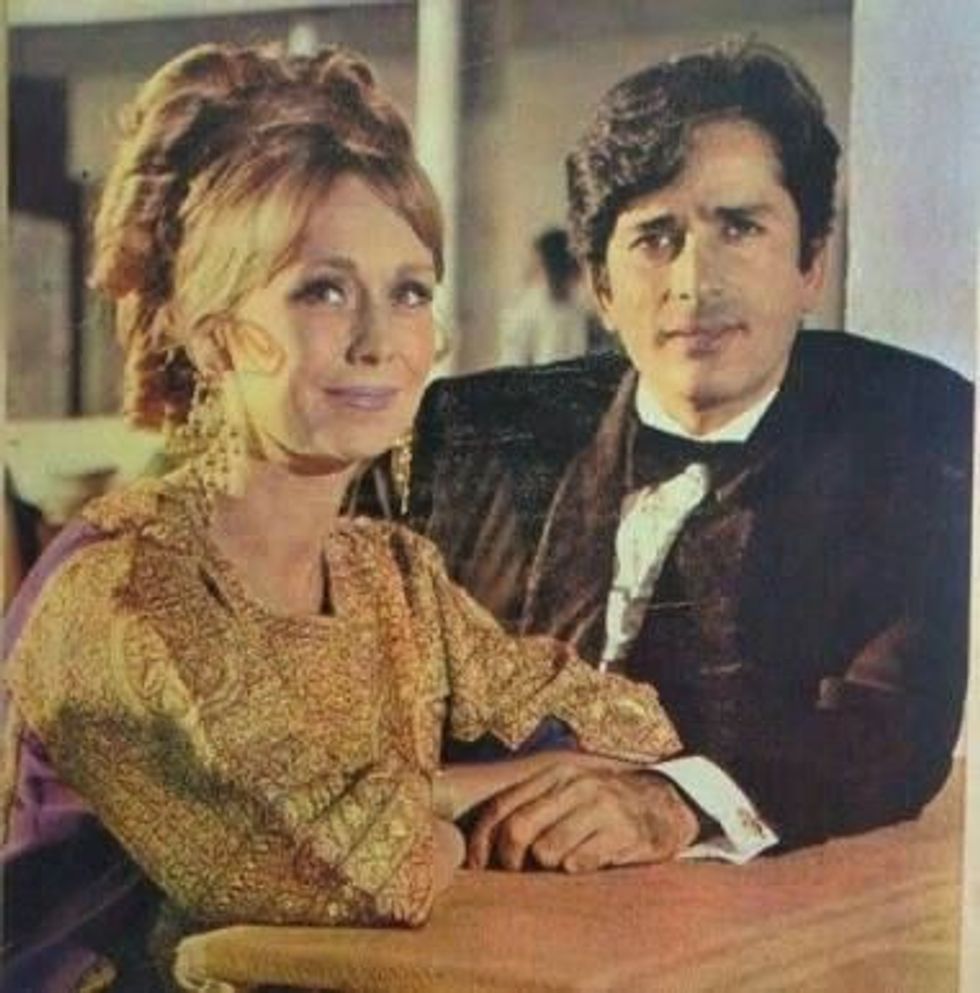 Jennifer Kendal and Shashi KapoorBollywoodShaadis
Jennifer Kendal and Shashi KapoorBollywoodShaadis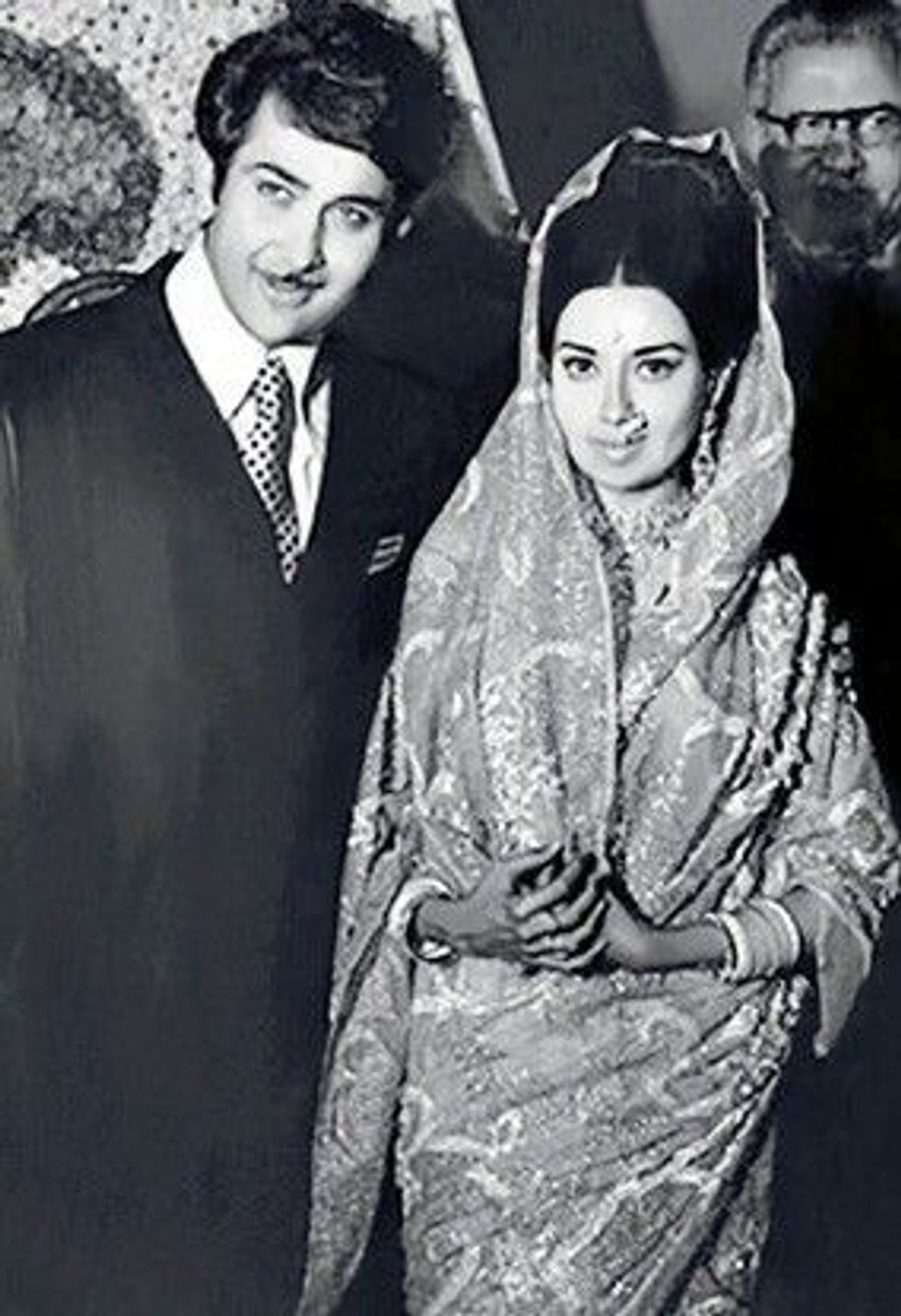 Randhir Kapoor and Babita BollywoodShaadis
Randhir Kapoor and Babita BollywoodShaadis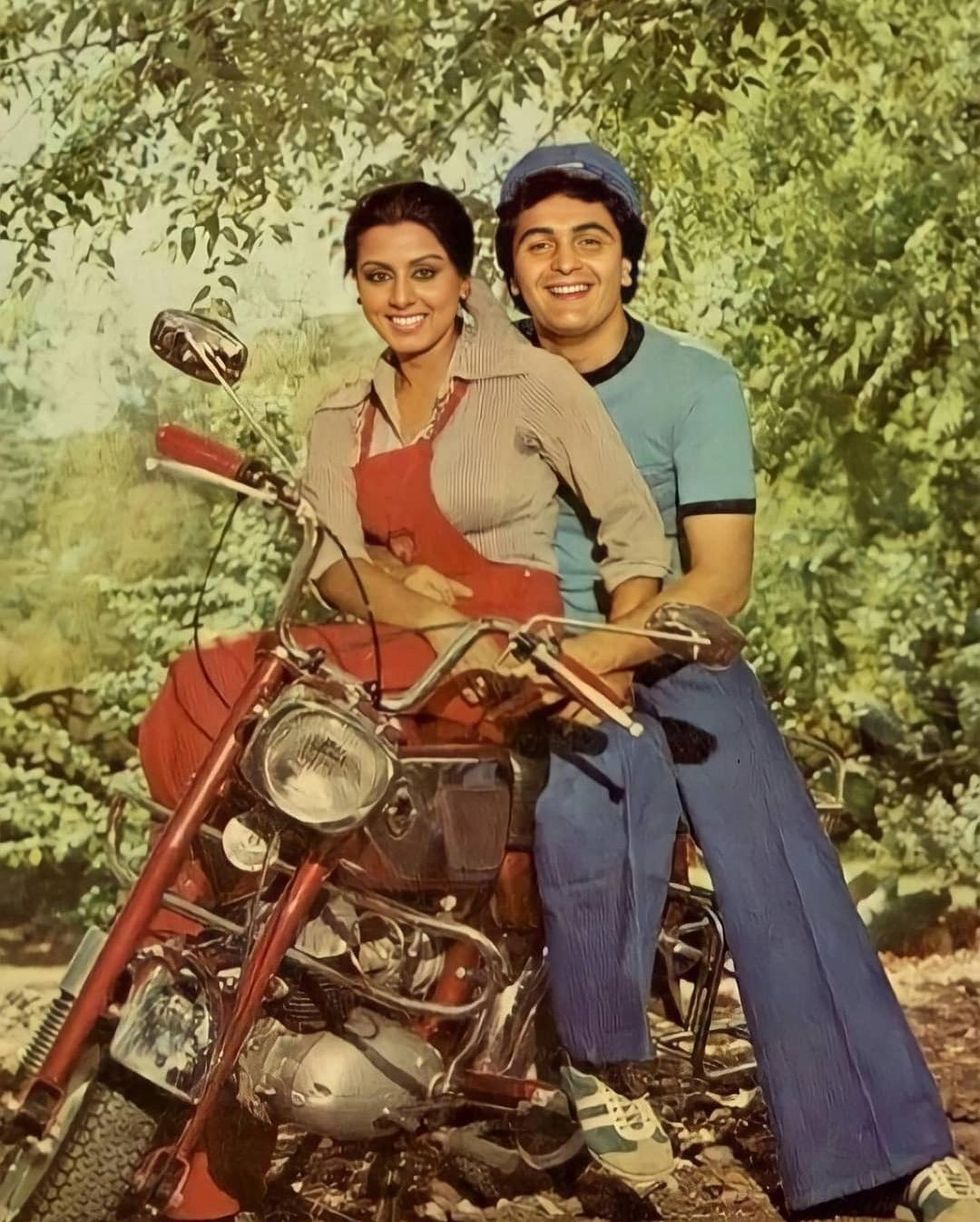 Neetu Singh and Rishi KapoorNews18
Neetu Singh and Rishi KapoorNews18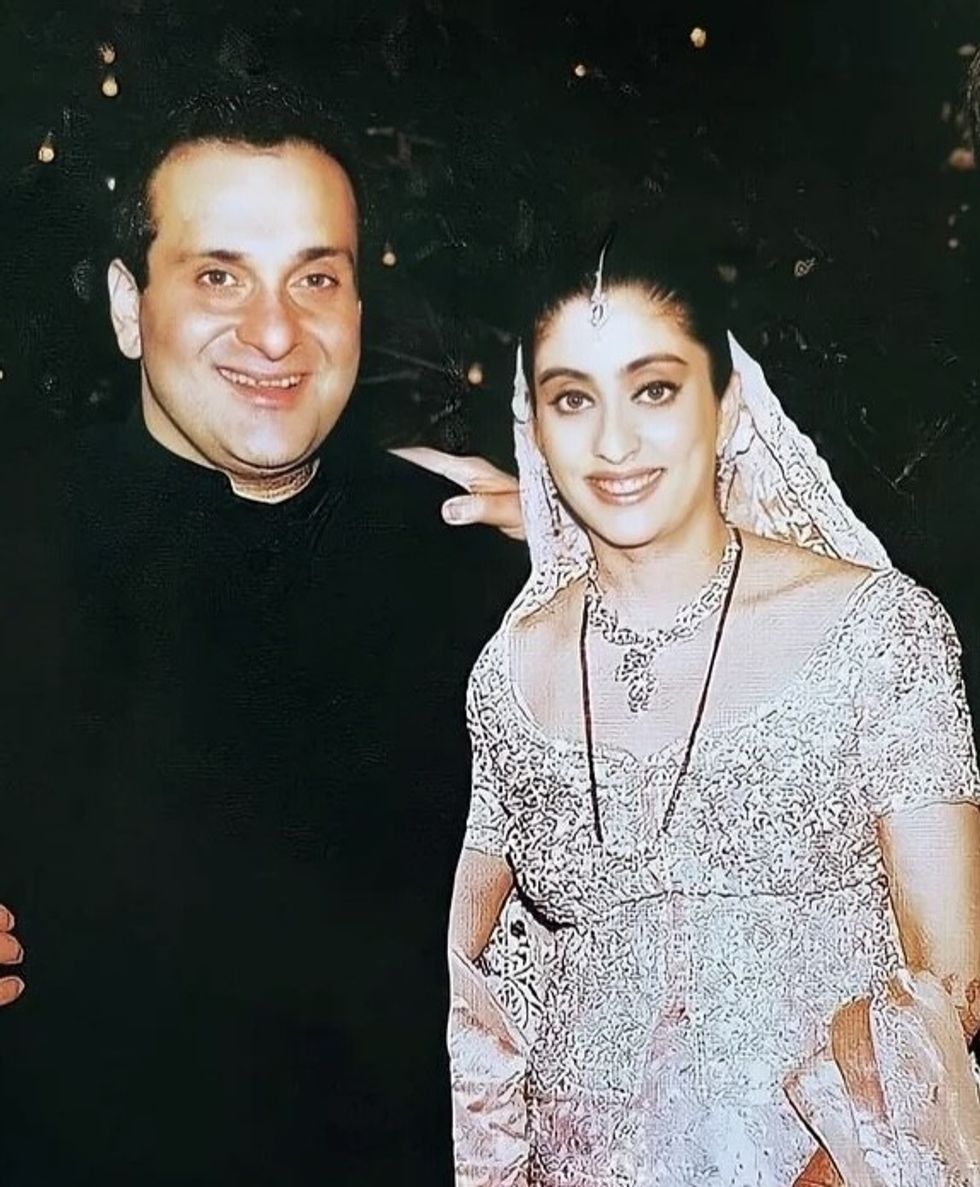 Rajiv Kapoor and Aarti Sabharwal Times Now Navbharat
Rajiv Kapoor and Aarti Sabharwal Times Now Navbharat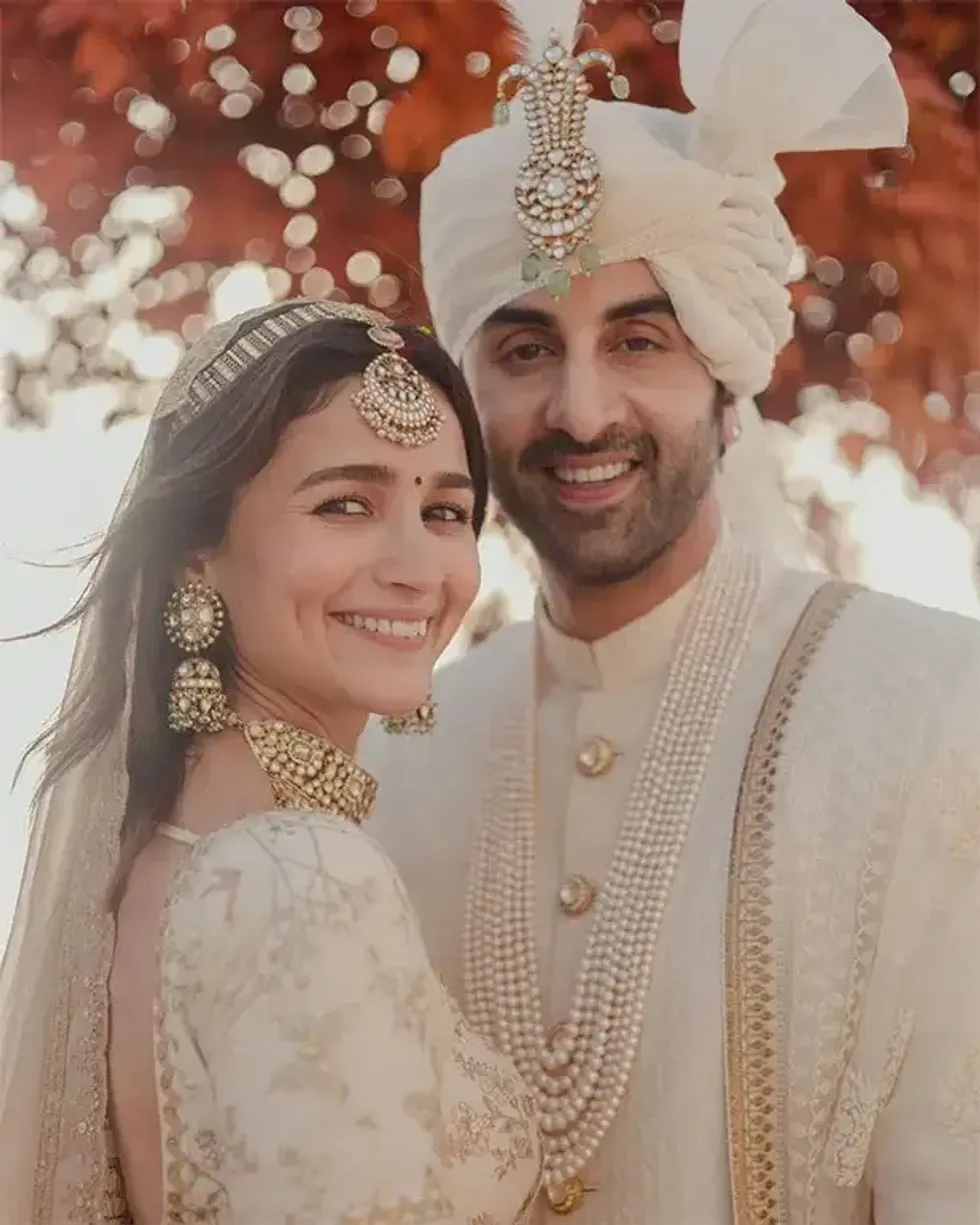 Alia Bhatt and Ranbir KapooInstagram/ aliaabhatt
Alia Bhatt and Ranbir KapooInstagram/ aliaabhatt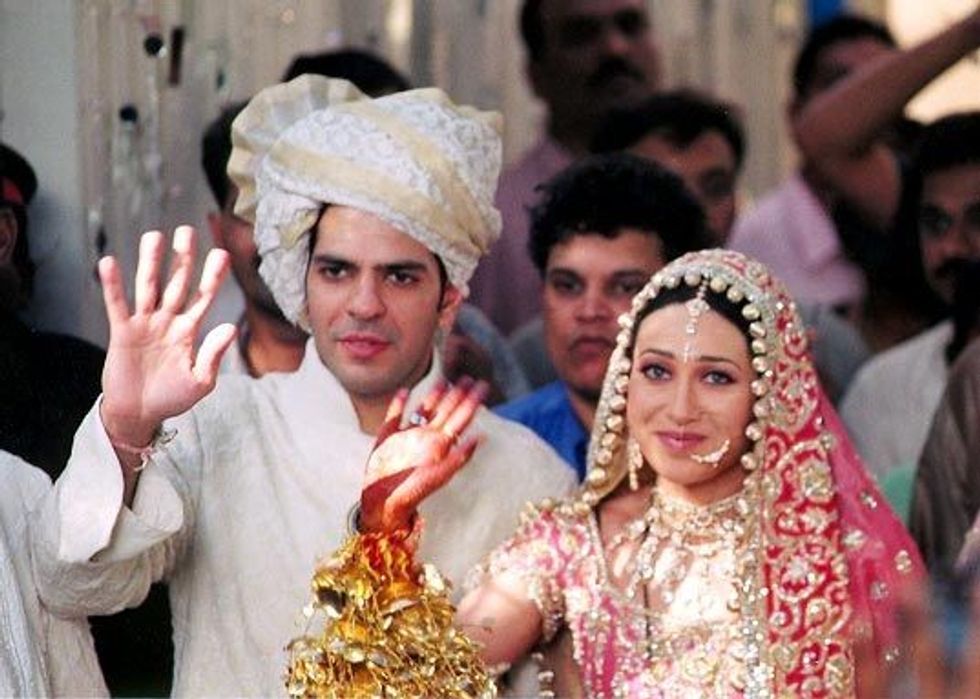 Sunjay Kapur and Karisma KapoorMoney Control
Sunjay Kapur and Karisma KapoorMoney Control
 The real Aurangzeb, the sixth Mughal emperor
The real Aurangzeb, the sixth Mughal emperor Protesters burn a poster of Aurangzeb demanding the removal of his tomb in Nagpur in March
Protesters burn a poster of Aurangzeb demanding the removal of his tomb in Nagpur in March Akshaye Khanna as Aurangzeb
Akshaye Khanna as Aurangzeb Raj Thackeray
Raj Thackeray